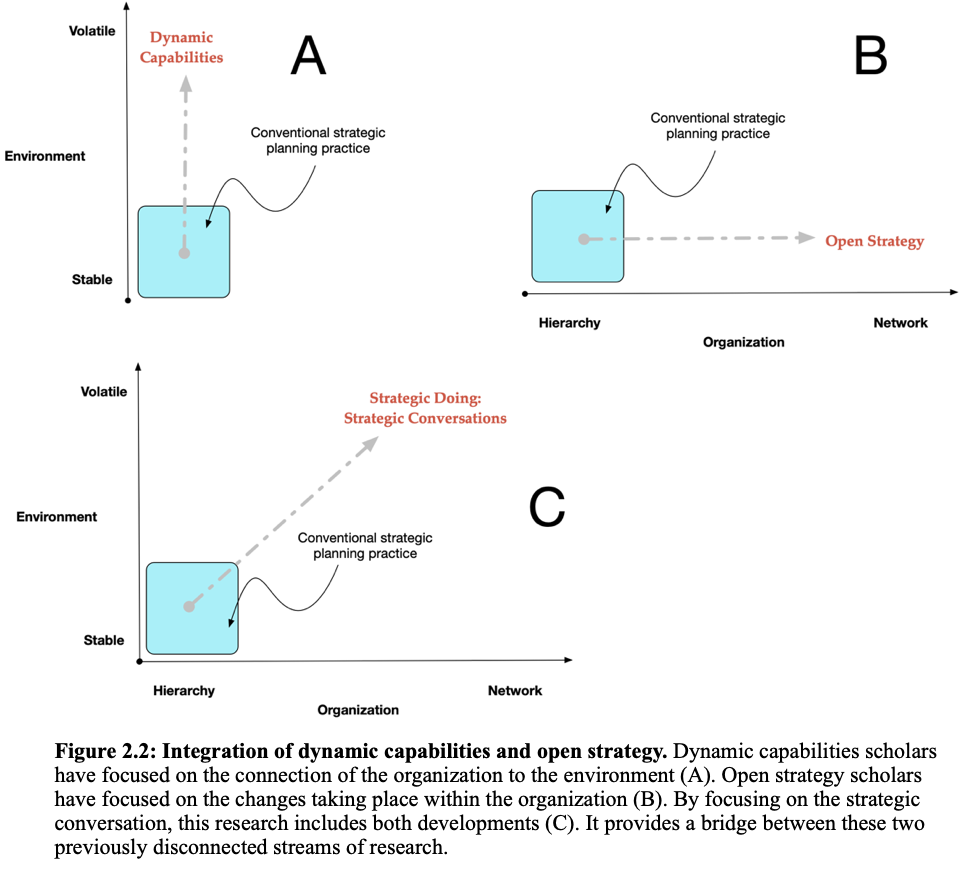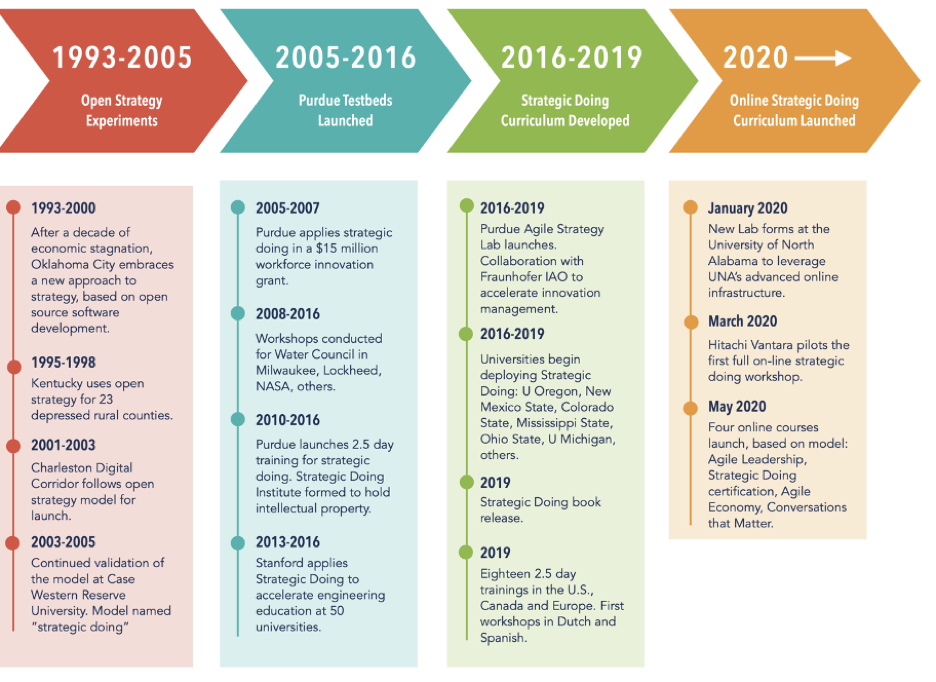A Trip into the Swampy Lowlands
Put on your boots. In this post, we are heading into the swampy lowlands of real-world problems. But first, some background. Each year, the BBC presents a lecture series, called the Reith Lectures. Named after the BBC’s first Director-General, these presentations invite leading thinkers to share their insights. In 1970, the BBC invited Donald Schon, an MIT professor of urban systems, to present that year’s Reith Lectures. Schon titled his lectures, “Change and Industrial Society.” He later produced a book, Beyond the Stable State.
In his first lecture, “The End of the Stable State”, Schon surveyed the landscape as he saw it. (Remember, this was fifty years ago.)
First, the society and all its institutions are entering a continuing process of transformation. We will no longer see long periods of stability stretching over decades.
Second, to manage this process of continuous transformation, we must learn to understand and guide the process.
Third, to do that, we must become adept at learning. We must design and develop Institutions that are “learning systems”. That is, we must develop organizations capable of bringing about their own transformation.
Finally, to design these organizations and institutions, we must now learn more about how humans learn.
The implications of Schon’s argument are profound. Organizations and institutions designed for stability have little chance to survive in an increasingly turbulent world. We are still struggling to adjust.
Schon’s body of scholarly work is grounded in a philosophical foundation of pragmatism. (Schon completed his Ph.D. on Dewey.) He pioneered the idea that reflective practice — practitioners grappling with messy problems — could lead to valuable insights and rigorous scholarly research. He contrasted reflective practice conducted in the “swampy lowlands” of real-world problems with the technical-rational inquiries conducted by scholars sequestered on the “high hard ground” of the academy (Schon, 1983; see also, Schon’s call for a new epistemology within the university).
In my strategy work, I followed Schon into these swampy lowlands.
So here are some insights I have learned in 40 years of reflective practice:
- Moving away from industrial hierarchies need not be chaotic. Managed networks — what Thomas Malone at MIT called “loose hierarchies” — adaptive team-based organizations provide the alternative (#1 below).
- Managing in this way requires designing and guiding conversations (#2).
- Collaborations enable organizations to learn and adapt. These conversations are strategic and have an underlying structure (#3).
- These conversations combine strategic thinking with rapid experimentation to generate learning about complex systems (#4).
- An operating system (#strategicdoing), ties the organization together with both rigorous and flexible protocols. This operating system provides continuous alignment and accountability, as the organization learns and adapts (#5).

But how do you start? Where do you begin? We’ve learned that large-scale transformations always start with small teams taking small steps. Managing a network means managing conversations. This insight is not new. In the Harvard Business Review in 1993, Alan Webber pointed to the importance of conversation in a marvelous article, “What’s so new about the new economy?“. Why are conversations so important? Through our conversations, we generate and distribute our knowledge. Information technology has obliterated traditional boundaries. As Webber points out, “information is the new raw material.”
Because information and knowledge are distributed across the organization, every worker is now a knowledge worker. Peter Drucker gave us this insight decades ago. Yet, we have been slow to respond. And traditional scholarship has been of little help. Why is that? Why are we still struggling with how to adapt? (And, while we’re at it, why is the field of strategic management still mired in debates over its relevance?)
Let’s circle back to Webber: “Conversations are the way knowledge workers discover what they know, share it with their colleagues, and in the process create new knowledge for the organization.” Yet, conversations are slippery for scholars to grasp.
They have been trying. In the 1990s scholars began exploring the idea of “dynamic capabilities“. While these scholars didn’t focus on conversations, they did open the door to understanding that managing dynamic processes within the firm.
Beginning in about 2001 or so, a small group of scholars based in Europe began studying what strategy practitioners actually do. This stream of research, called strategy-as-practice, has led to the concept of “open strategy“, an idea introduced in about 2011. In a related field, organizational development scholars opened a line of research “dialogic organizational development“. They suggest that this research can teach managers how to guide their organizations with conversations (dialogues).
As a strategy practitioner, I find this strategy research somewhat helpful and frustratingly vague. Organizations are facing more dynamic situations. No doubt about it. They are also facing more open, porous boundaries. No doubt about that, either. But practitioners need a way to integrate these two dimensions. (Image below comes from my Ph.D. dissertation.)

But where do we start?
That’s where Strategic Doing fits. It’s an integration of research on dynamic capabilities and open strategy. By focusing on how to design and guide “strategic conversations”, we have distilled lessons over 20+ years on how to design and guide these conversations…and the skills we need to develop.
When I started this journey, I had no idea it would take this long.


The Founder of the Lab at UNA and co-author of Strategic Doing: 10 Skills for Agile Leadership, Ed’s work has focused on developing new models of strategy specifically designed to accelerate complex collaboration in networks and open innovation. He is the original developer of Strategic Doing.
